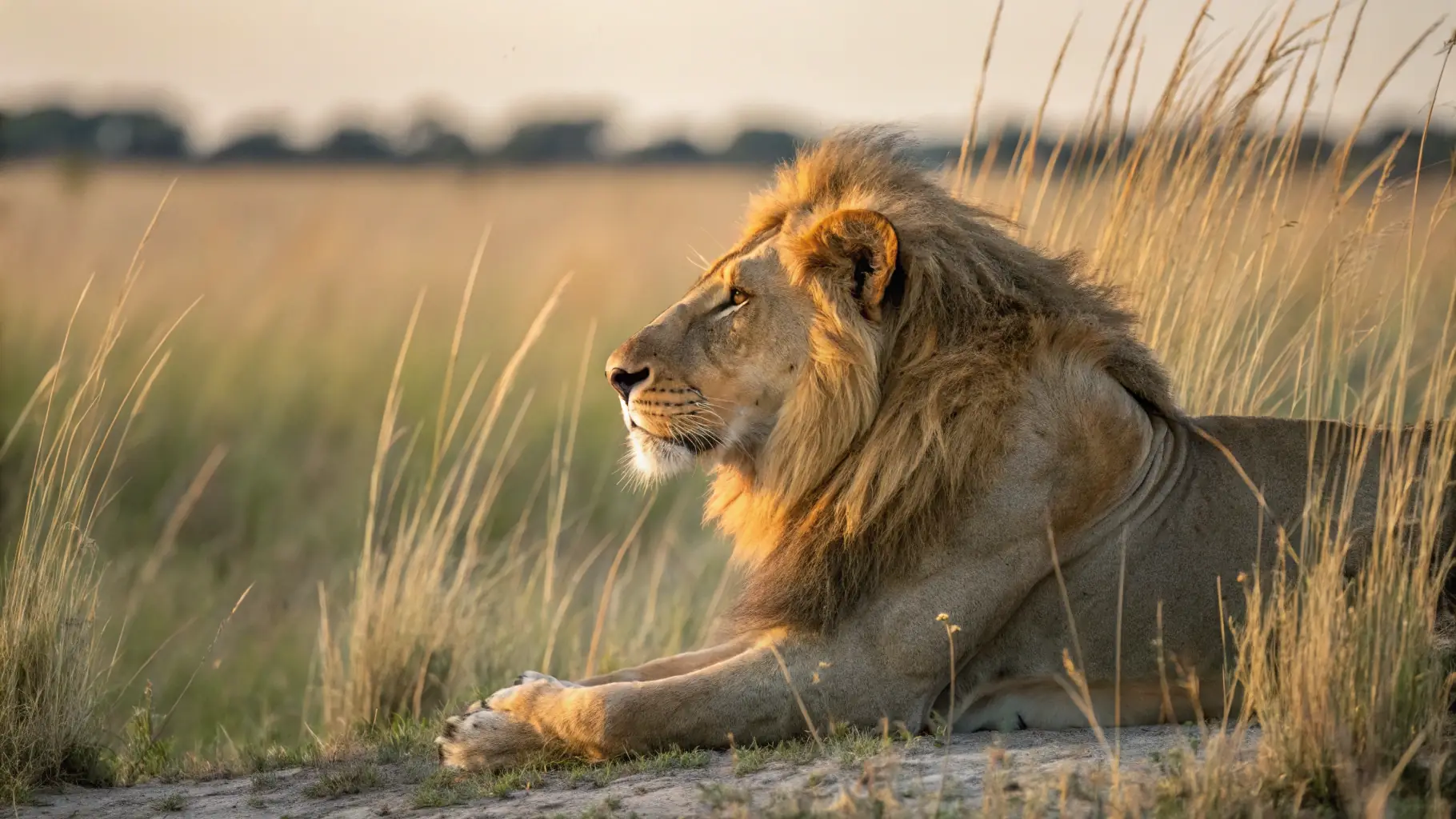Wildlife photography requires patience and a keen eye for detail. Learn to identify and anticipate the behavior of your subjects. Consider the use of telephoto lenses to capture distant animals without disturbing them. Develop your ability to blend into the environment to avoid startling your subjects. Understanding light and shadow is crucial in wildlife photography. Golden hour light often produces warm and inviting images, while dramatic lighting during sunrise or sunset can create a sense of awe and wonder. Experiment with different angles and perspectives to capture the unique characteristics of the wildlife. Pay attention to the interplay of light and shadow to create depth and dimension in your images. Post-processing is an important step in enhancing your wildlife images. Adjusting exposure, contrast, and color saturation can significantly improve the overall look and feel of your photos. Learn to use editing software to refine your images and bring out the best in your subjects. Pay attention to details like textures, colors, and overall image balance. Experiment with different editing styles to find what works best for your personal aesthetic.
Tips for Photographing Wildlife
Learn essential techniques for capturing the beauty and behavior of wildlife.


